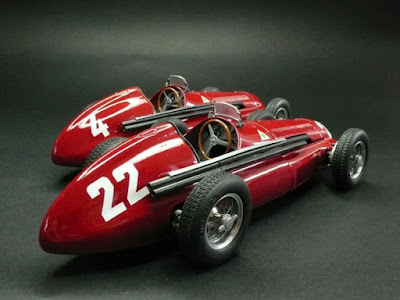Sniper's Tricks: Dummy Heads
World War 1 was one of the first wars to use a lot of skilled snipers in battle. For the first time in history, rifles with a telescopic view were used in a large scale. Under the conditions of trench warfare, snipers were considered very effective and feared by most soldiers.
The German Imperial Army were the first to consider scoped rifles. As soon as the French and British were aware of snipers effectiveness they also introduced them onto the battlefield. Sharpshooters had been used before World War 1, but none of them had used scopes to aim down their sights. With a scoped rifle, a good marksman could easily acquire his target. He would be able to shoot a bullet through the enemy even if he barely showed his head over the trench. Slowly but surely, Snipers were greatly feared by the enemy. They were in well hidden and covered spots and were very effective. Since the art of camouflaging became more and more advanced throughout the war, snipers became harder to detect. Soldiers on both sides of the war knew they had to counter these deadly snipers. With the awareness of the sniper was known throughout, soldiers tried their best to cover themselves better. This forced snipes to act quickly and take the shot without hesitation. It was based on this hastiness that camouflage units designed their deception. Their strategy was to force the enemy sniper into making a wrong decision and to draw out his fire, then locate his position. One of the most popular decoys of the war were paper-mache heads. Paper mache was a popular material used in carnivals and shops back then. To make, you would chop down pieces of paper reinforced with bonding material such as glue. It was cheap and easy to model. Soldiers made them in tiny, improvised workshops on the front lines. Sculptors working in these workshops made dummy heads with great resemblance to real heads, they made a variety of different heads too. To increase the realism of the decoy, some of them were equipped with rubber surgical tubes connected to the mouth with a cigarette, lit by blowing air through the tube. An impression of a soldier smoking was made. This increased the possibility of the sniper's attention to be attracted to the head. The decoy heads were usually stuck on a long stick in order to securely lift the fake head over the parapet. If the sniper shot the decoy, the bullet hole would be used to help locate the sniper with the help of a triangulation method. Another method was to slide a periscope into the head and locate the sniper by the blast of the bullet. Once the sniper's location was spotted, artillery would barrage it or counter snipers would focus on that area. The British were the first to use dummy heads but the other sides caught on and used them as well.
Sources: Simple History Youtube


Good info, I was thinking Sinpers were used in war starting ww2
ReplyDelete